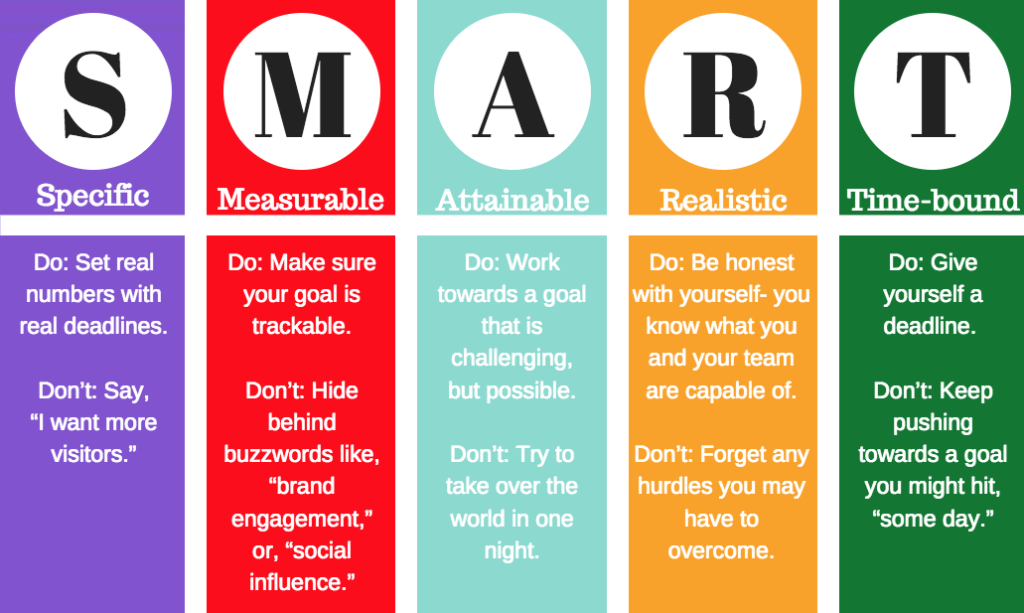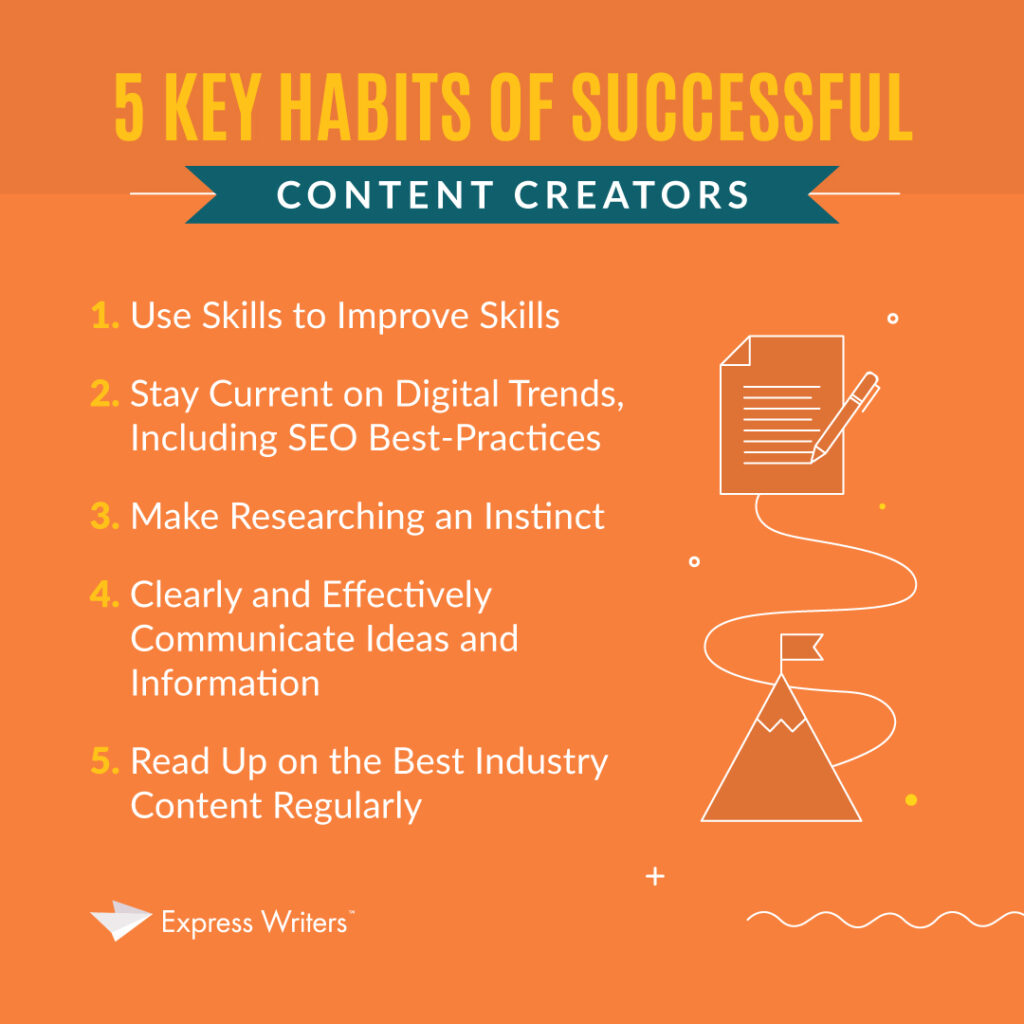
You’ve probably noticed platforms like YouTube and Instagram taking over the world recently, right? If you’re a marketer or a business owner, it’s only natural to want a piece of the action and hopefully increase your influencer marketing ROI.
You want to connect with your target audiences in a new way. And you want to connect with them in their natural environment: social media. This is where influencer marketing comes in.
Influencer marketing can range from sending free products to content creators in the hopes that they’ll feature it to more formalized agreements in which influencers are paid by posts. Other agreements in which influencers profit from affiliate tracking programs are also becoming more popular.
Unlike celebrity endorsements, in which a celebrity is employed to represent a brand in campaigns, influencers generally operate solo and create their own content on social media, YouTube, blogs, and other platforms based on a brand’s advertising specifications.
If you’re wondering how to find affiliates to sell your product or you need influencers, these platforms are a great place to start.
However, keep in mind that influencer marketing is becoming increasingly popular by the second. And tracking your return on investment (ROI) is a must if you want to run a successful campaign.
This guide will discuss ROI, how it appears in influencer marketing, and how to calculate the ROI of influencer marketing, as well as other variables.
What is ROI?
Return on investment (ROI) is a performance metric used to assess the efficiency or profitability of an investment or to compare the efficiency of several investments. ROI attempts to directly measure the amount of return on a specific investment in relation to the cost of the investment.

ROI in influencer marketing
A marketing strategy is like a fan. And each marketing channel (such as SEO, influencer marketing, PPC, etc.) is a blade. The fan’s blades all work together to keep it spinning. You can measure the ROI of the entire fan (the strategy as a whole). Or you can choose to calculate the ROI of each individual blade (each channel).
In this case, before you can measure your influencer marketing ROI, you must first determine how much to invest.
Here are the most commonly tracked performance indicators for determining whether an influencer’s bid is fair.
1. Audience reach
Reach refers to how many people view your influencer’s content. The incredible reach provided by various social networking platforms is the primary reason why brands are turning to influencer marketing.
As a result, campaign reach becomes an important metric for determining campaign success. However, keep in mind that quantifying the benefits of reach is difficult.
And, even if an influencer has a million followers, remember that only 15-30% of those people will see any given post. Then there’s the possibility that the followers are fake or inactive accounts.
Consider an author who has just published a book called “What is orchestration?” and wants to reach out to influencers to promote it. In this case, impressions, which reflect how many times users saw the influencer’s post or downloads, would be a better indicator than followers for calculating the influencer’s actual reach.
2. Engagement on social media posts
In comparison to reach, engagement is frequently regarded as a better indicator of campaign performance.
However, keep in mind that actual KPIs that you can measure will vary depending on the social media platform. But they’ll typically include the following:
- Number of shares
- Likes
- Comments
- Brand mentions
- Engagement rate
If you’re not sure which social media platform to use, here’s a guide to help you decide and tips on how to use them.

You should also track mentions of your brand on social media using a social media listening tool and a campaign management tool to manage campaigns. As part of your agreement with the influencer, you should request that they report on their analytics so you can measure how well the campaign is performing.
3. Leads and sales conversions from referral traffic
Referral traffic statistics show you which influencer content is directing traffic to your website or a specific landing page. It provides meaningful, actionable insights into which campaigns are resonating with their target audiences and which social media platforms are being used.
Google Analytics is excellent for determining where your website’s traffic is coming from. You can also use it to track a variety of metrics, such as:
- Who’s visiting your site and their demographics
- What content they prefer
- How much time they spend on your pages
How do you calculate ROI influencer marketing ROI?
1. Set realistic goals
Is your goal to increase sales, raise brand awareness, expand your audience, or form partnerships?
“The biggest mistake brands make is not knowing what they want to achieve and then getting an unexpected result.”
For example, if forming partnerships is a top priority, you should be familiar with everything there is to know about partnership relationships, such as the proper partner relationship management definition or what the best brand influencer proposal template to use. Knowing the basics will save you a lot of time and stress when pitching and managing potential partners.
“Start with a clear goal, understand it thoroughly, and know how you’ll measure it.”

2. Identify the key performance indicators (KPIs) that are most relevant to your goal.
It cannot be overemphasized how important it is to have the proper tools in place to accurately measure KPIs.
Your goal will determine which KPIs you’ll need to track to ensure your campaign was a success. For example, to increase customer retention, tracking customer retention rate and churn rate will outperform tracking revenue.
The interesting thing about using the right KPI is that it allows you to understand your business’s performance and health so that you can make critical adjustments to achieve your strategic goals.
For example, if your customer retention rate is decreasing due to inaccessibility and poor customer communication, hiring the best small business phone service near you can help solve the problem.
3. Evaluate your expenses
This is where the “I” in ROI comes into play. Ask yourself how much you intend to pay the influencer. Determine your maximum budget. Identify which options provide the best possible return. It could be one or two advertisements in a more expensive medium or several advertisements in less expensive outlets.
You can calculate how much it will cost to reach each potential customer. For example:
- An influencer fee costs £5000
- You expect to reach 50,000 people
- 50% are your potential customers
- It will cost 20 pence to get your message to each potential customer
What other variables should you take into account when tracking ROI on an influencer marketing campaign?
1. The period of the year
Influencer costs rise during the holiday season and other special occasions, such as Children’s Day, due to the volume of campaign opportunities available and demand.
This also means that during these periods, social feeds become saturated with branded content, potentially skewing your ROI lower.
To stand out (at this time of year), you’ll need to devise creative guidelines that will attract attention, such as customer appreciation or interactive video content such as viral infographics and use of animation.

2. Cost of your product/service
The types of campaigns you opt for and how you measure them can vary dramatically depending on whether you sell impulse purchases or investment pieces.
Recently, short-term content creation (think Instagram stories and TikTok) has become more common. But certain products, like blog posts, still lend themselves to longer-form and long-term content.
For example, an enterprise contract management software is unlikely to be sold through an Instagram story swipe-up. You could, however, sell one via an Instagram swipe-up that links to a blog post in which someone reviews the product.
3. Consider the content’s longevity
Finally, just because a campaign has officially “ended” does not mean that the content has lost its impact or impressions. Content lives on long after a campaign ends. And depending on the terms of your agreement with the creator, the collateral produced can be repurposed for targeted ads, email marketing, or other campaigns.
Also, remember that, as influencer marketing grows, the concept of a person’s identity, image, or personality as a property right is becoming more deep-rooted. As a result, it’s more important than ever to ensure the safety of those engaged in these activities.
Without a basic understanding of online image copyright, such individuals may be vulnerable to exploitation, while consumers may fall victim to deceptive marketing schemes.
What’s considered a good ROI in influencer marketing?
Ultimately, there’s no universal standard or key industry number for calculating the ROI of an influencer marketing campaign.
Let’s imagine an ad agency wants small business owners to sign up for a webinar on how to build affiliate network best practices.
According to the 2020 report from Influencer Marketing Hub, they can earn up to $18 in earned media value for every dollar spent on influencer marketing, with the average being closer to $5.78 per dollar spent.
Taking the next step with influencer marketing
Working with an influencer, marketing firm, or app partner can help you save money and time on influencer marketing campaigns. Technologies and agencies that already have relationships with influencers will assist you in securing lower rates. They identify content creators who are the best fit for your objectives. They also build data-driven campaigns based on reliable metrics.

However, don’t rely entirely on influencer marketing because it’s not a guaranteed success. Successful influencer marketing requires dedication, time, and research. A well-thought-out influencer program and effective customer communication should be integrated into a broader marketing strategy.
The post The Ultimate Guide to Influencer Marketing ROI & How to Make Successful Campaigns appeared first on noupe.